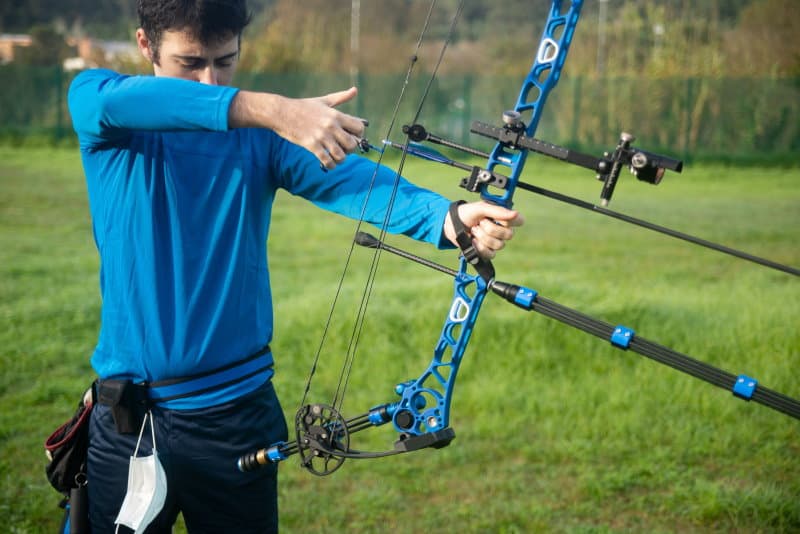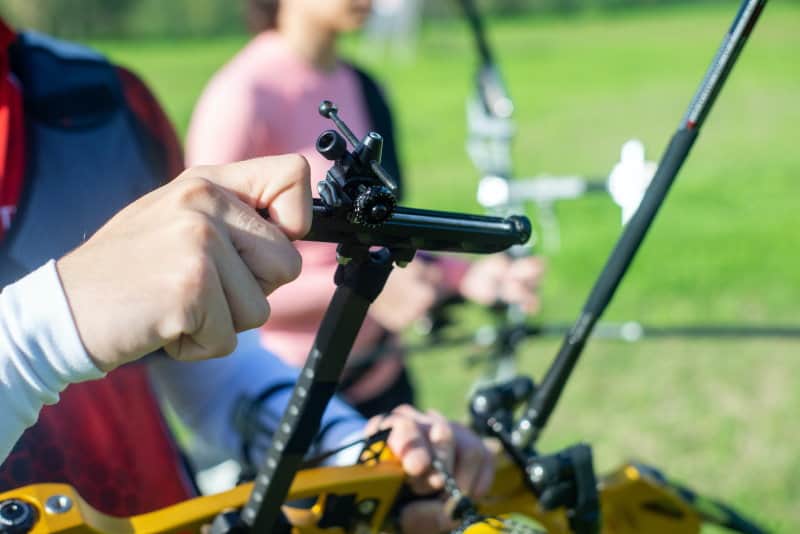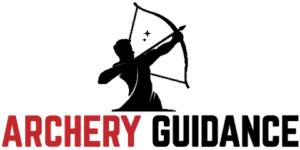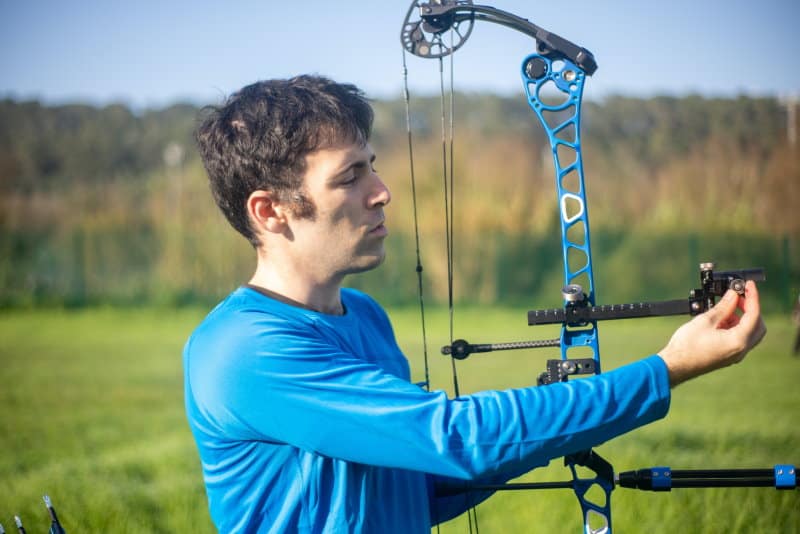Compound bows have a lot of advantages compared to conventional bows. They’re lightweight, versatile, and remarkably efficient. However, compound bows have disadvantages, too. Most of their disadvantages stem from their mechanical nature.
Compound bows can “explode.” This refers to when a bow unwinds abruptly and breaks down in the process. It’s easy for archers, especially novices, to cause a compound bow to explode if they’re not quite familiar with the mechanics of the bow.
So how exactly does a compound bow explode? Buckle up as we discuss all you need to know about compound bow explosions and how to avoid them.
How Can a Compound Bow Explode?
Despite their intimidating and sturdy look, compound bows are actually delicate mechanical devices that need to be handled with precision and care.
Otherwise, the bow is liable to explode and cause damage to itself and the archer.
Wondering how a compound bow explodes? Compound bow explosions happen as a result of one of two things: derailment and dry-firing.
What Is Derailment?
Derailment is one of the causes that can make a compound bow explode. It involves two of the main parts of a compound bow: the string and the cam.
The string, as we all know, is what you nock the arrow to when shooting.
Cams are strictly found in compound bows and are one of the most important parts of the bow. They manipulate the draw weight and store the energy the bow will use to release the arrow.
When Does Derailment Occur?
Derailment occurs when the string comes out of alignment with the cams while drawing. When this happens while shooting, or while letting the bow down, the strings roll out of the cam and the energy that was in the bow causes it to decompress aggressively.
How Can a Compound Bow Be Derailed?
Finger shooting is a way you can derail a compound bow. Sometimes, when you draw the strings back from a bow, the vertex of the V in which you place your fingers can be too small.
This can twist the strings out of alignment with the cams and cause them to come off. Hunting compound bows often face this problem as they’re much shorter.
You can also derail a bow when you grip the bow too tight. Beginners and amateur archers often make this mistake. Because of its lightweight build, the compound bow would sometimes torque out of alignment.
What Is Dry Firing?
Dry firing is one the most common ways that can cause a compound bow to explode. In fact, 95% of most compound bow explosions happen due to dry firing. It’s very dangerous and will often cause serious damage, not only to the bow but to the user as well.
Dry firing refers to shooting a compound bow without notching an arrow to its string. This can be disastrous in many ways.
Why Does Dry Firing Occur?
One reason is that the compound bow works by storing the energy you give while drawing. The bow, however, isn’t designed to safely retain this energy and has to release it.
When there is no arrow it can shoot, you provide no release to this pent-up energy, and the bow ends up releasing it violently and collapsing.
The stronger the draw, the more energy you put in it and the more damage it will cause. All compound bows, regardless of the brand, can explode when dry firing them. However, if the compound bow is soundly designed, it’s likely to sustain less damage.
How Can You Prevent Compound Bows From Exploding?

1. Use an Axle
An axel is a component on the compound bow that keeps the cam from shifting. It does so by holding both the upper and lower wheels of the cam in place.
An axle will help you avoid misaligning the bowstring with the cam, and this avoids derailment.
2. Hold the Bow Lightly
Gripping the bow tight can torque it into derailment. It’s recommended, often to beginners, to practice holding the bow with a fairly open hand and to keep their grip loose.
This is the best way to avoid the bow misaligning and helps with anxiety.
If you find it difficult to hold your bow in a good grip, you can always use gloves. They’ll help you maintain your grip without feeling like there’s too much weight on your fingers.
3. Train With a Professional
It’s important to learn such a dangerous game from professional trainers, seeing as the stakes are high in the sport of archery.
This will help you avoid mistakes and will enable you to enjoy a safe shooting experience.
4. Check Your Bow for Damage
If you experienced dry firing or derailment, it’s essential to fix your bow before using it again. If you’re using a random bow in an archery range, always make sure that it’s sound.
How Can You Inspect the Bow Yourself for Signs of Damage?

The first and easiest thing to inspect is the bowstring. Make sure that there aren’t any tears along its length. Use a magnifying glass if you have to.
It’s also worth checking the cable guard, the upper and lower cables, the riser, and the cams.
If you don’t have a professional around to examine it for you, then the best thing to do is get a cotton ball, dampen it, and move it along the bow’s limbs. If it gets stuck somewhere along the bow, that’s where you need to look.
You should also check the compound bow for laxity, and abrupt vibrations and sounds when drawing.
Conclusion
Compound bows have a lot of advantages compared to the conventional bow. Their versatile design and light weight can make them an archer’s top choice.
However, compound bows’ liability to explode gives them the ultimate disadvantage. While operating compound bows can be great for beginners due to its easy drawing cycle, it does have its difficulties. A simple mistake can greatly harm the bow and, sometimes, the archer..
If you’re looking for a simpler, safer option, opt for a crossbow. While both bow types are greatly similar in speed and accuracy, the crossbow is definitely the safer option.
To read more about their differences and similarities, click here.

